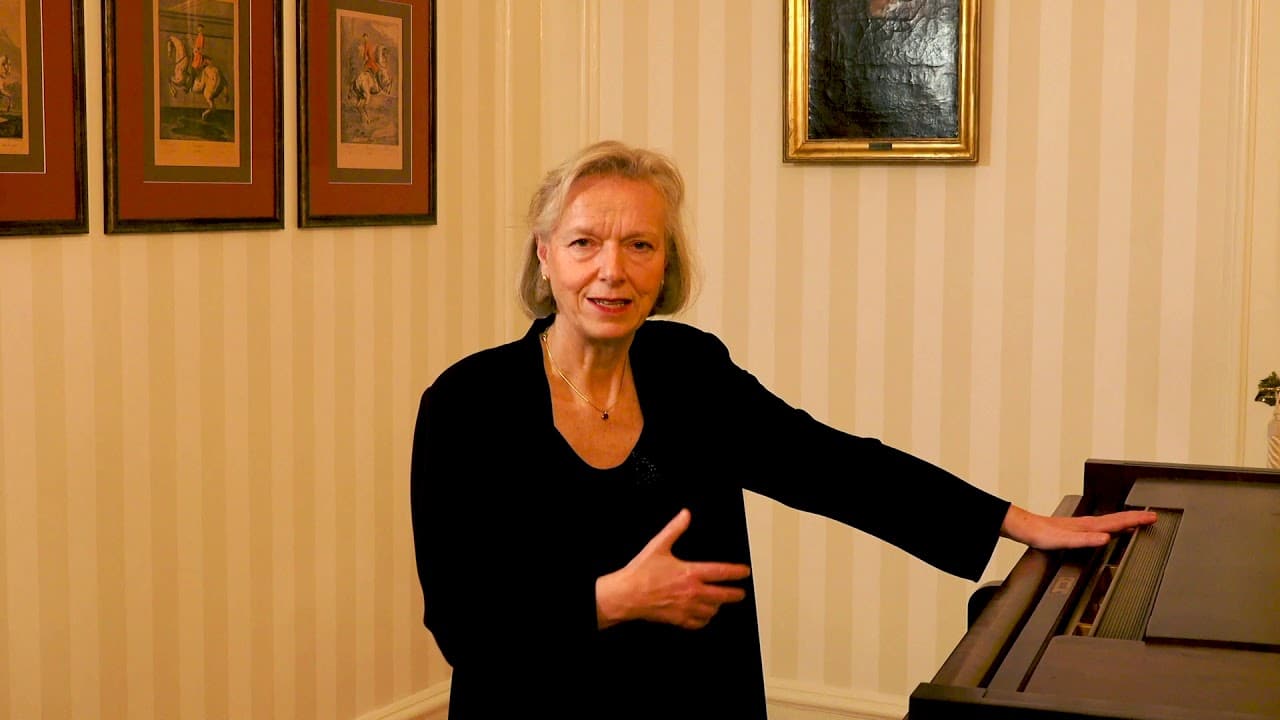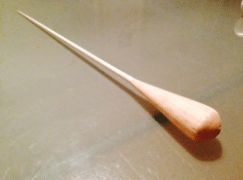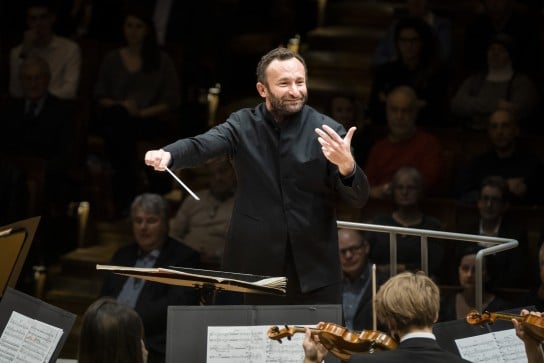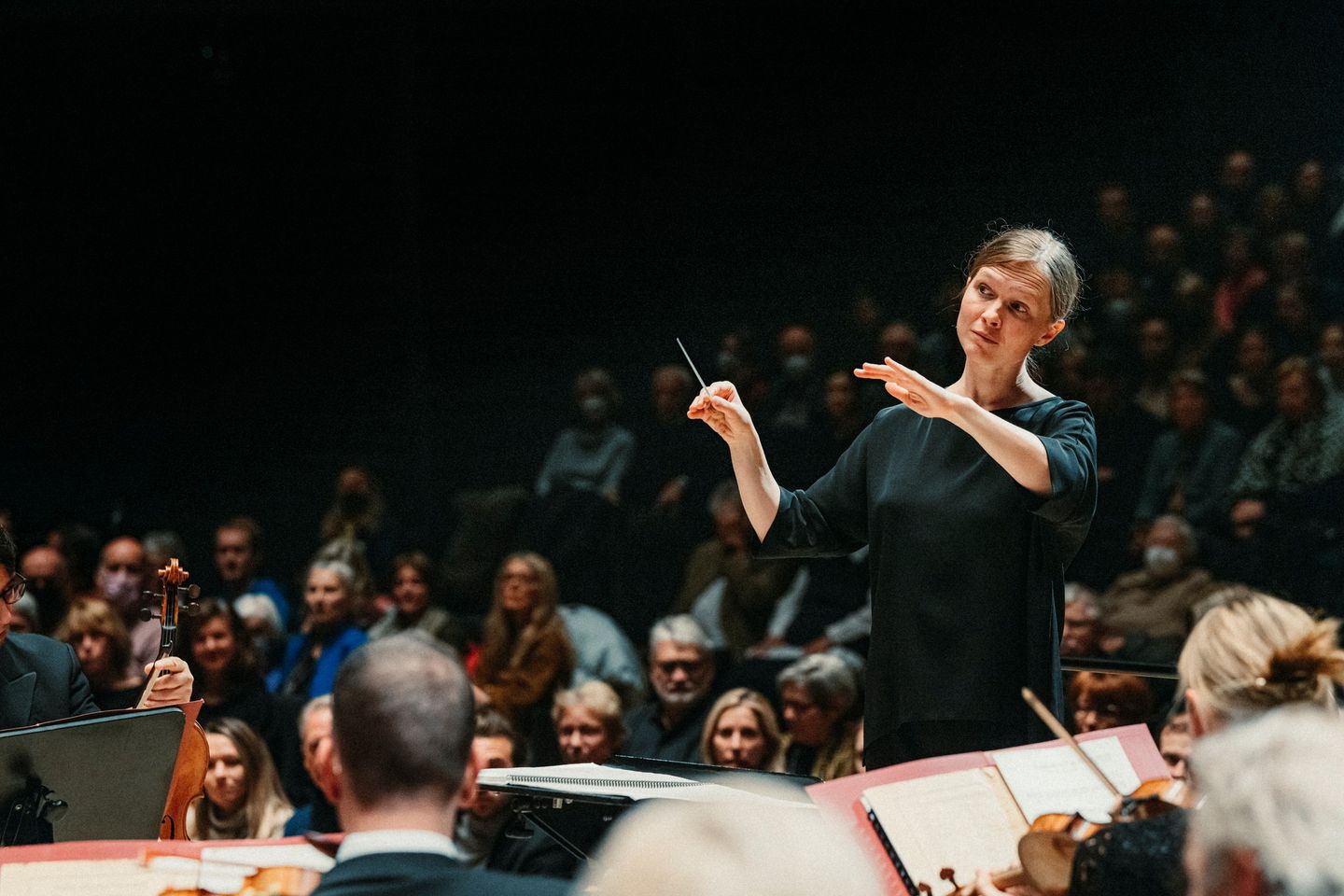I am going to play the Waldstein Sonata. My name is Waldstein
mainA descendant of Beethoven’s first patron in Vienna shows how it ought to be done.


A descendant of Beethoven’s first patron in Vienna shows how it ought to be done.

Dear Alma, I am a male conductor in…

An angry op-ed in the San Francisco Standard…

The Berlin Philharmonic chief conductor made some sphinx-like…

Breaking 180 years of male exclusivity, the Vienna…

Session expired
Please log in again. The login page will open in a new tab. After logging in you can close it and return to this page.
Nothing could be more authentic than Waldstein playing Waldstein
Yes indeed we are lucky
A few years ago I attended a performance of “Lady Macbeth of Mzensk” at the Hamburg State Opera. The conductor was Maxim Shostakovich, the pianist was Dmitir Maximovich Shostakovich. And one had the feeling that there was one more family ghost hovering above the scene…
I would like to see Radetzky conduct Radetzky…
Radetzky is a lot easier…
2-3 generations of the Razumovskys playing their eponymous quartets. Four generations would be even better, but that would be a stretch.
Charming. And a lovely piano. Thank you.
A lovely tribute, Madame Waldstein, and a very creditable performance of my favorite Beethoven Sonata.
I was I could play even half as well as you! Brava!
(BTW, your opening practice tempo is faster than my “performance” tempo. I feel like dumping an inkwell into my piano.)
Thank you for a lovingly and generously shaped and paced performance of this masterpiece. What an honor to hear you play it.
There are some question marks about her relationship to Beethoven’s Waldstein (Count Ferdinand Ernst Gabriel Waldstein). Might we have some more genealogical detail?
Delightful. After starting to read along with the printed score, I stopped soon after to just listen and enjoy.
“Descendant”? It seems unlikely that there is any family connection. Beethoven’s patron Count Ferdinand Ernst Waldstein had no sons, only daughters. But what about Ferdinand’s near relations, i.e. his brothers and their families? Unfortunately Ferdinand’s line of the Waldstein family – the Dux (Duchcov) line – died out in 1901.
Interesting that it’s your favorite Beethoven sonata, Grei, as you’ve mentioned before. The motoric rhythms of the primo, meditative interlude that replaced Andante Favori as slow movement, leading without break to the near-Impressionism of the finale, with its difficult downward and upward octave glissandi that pianists solve in diffeent ways, give it a special pace in the canon.
Elisabeth Waldstein’s is a creditable reading, the long spoken introductions charming and informative. I first heard it from Schnabel and Gieseking, then Elly Ney, Moiseiwitsch, and Edwin Fischer. I remember even a student’s performance in the Grotrian Steinweg salon on Sutter Street presided ove by Lilliam Goehring in San Francisco, from which l learned something. A good choice for Beethoven’s quarter-millenium celebration, and for a favorite sonata.
Hi Edgar,
Whenever I hear the “Waldstein”, it conjures up in my mind the total image I have of Beethoven and his life, more than any other work of his does. I can’t explain it; it just does.
Coincidentally, after your nice words about Madame Waldstein, you mention Schnabel and Gieseking first.
It has long been my opinion that Gieseking gives the finest overall performance of the “Waldstein” (my folks owned the 78s), but the way Schnabel makes those glissandi in the finale sound like waves crashing against the cliffs is absolutely magical and unique.
Happy New Year to you and yours! – Greg